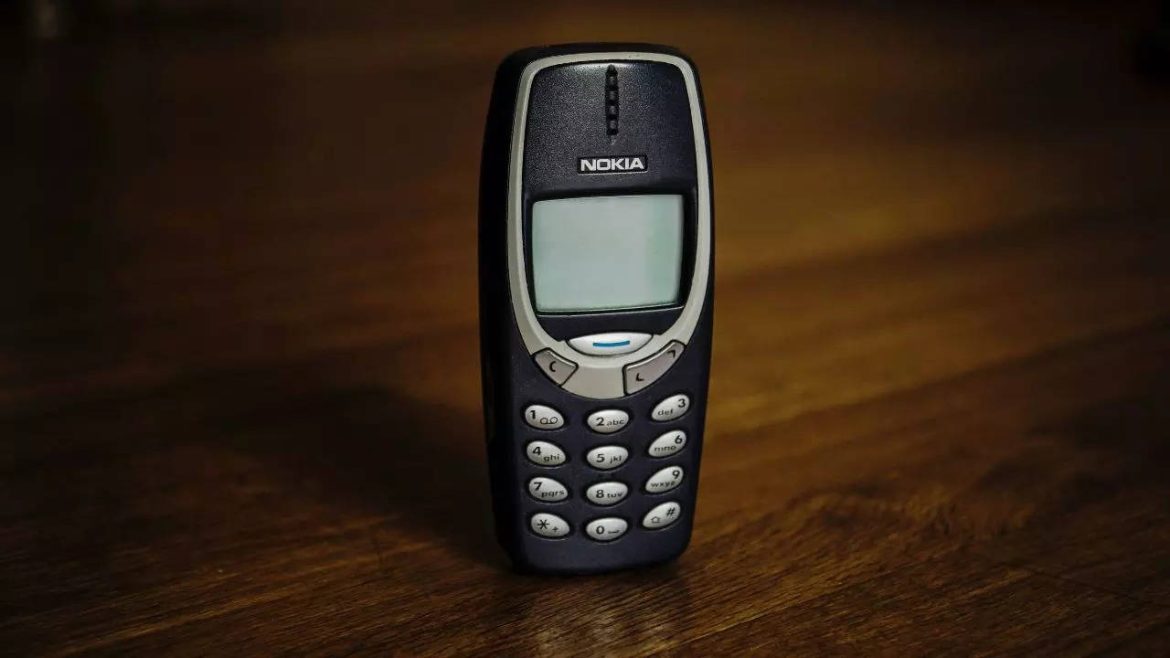In an increasingly connected world, access to mobile connectivity has become a fundamental necessity. However, many remote and underserved areas still lack adequate mobile network coverage. In this article, we’ll explore the technological advancements and initiatives that are bridging the digital divide in these regions.
The Challenge of Connectivity in Remote Areas
Limited Infrastructure
Remote areas often lack the necessary infrastructure for traditional mobile network deployment. The cost and logistics of building cell towers in rugged terrains or isolated regions can be prohibitive.
Digital Exclusion
Without reliable mobile connectivity, communities in remote areas face digital exclusion. This means limited access to information, education, healthcare services, and economic opportunities available to connected regions.
Innovative Solutions
Satellite Connectivity
Satellite-based solutions have emerged as a game-changer for remote connectivity. Low Earth Orbit (LEO) satellites, such as those launched by companies like SpaceX and OneWeb, provide global coverage and low latency internet access.
Community Networks
Community networks empower local communities to create their own wireless networks, often using cost-effective and open-source technologies. These networks are community-owned and operated, ensuring connectivity for all.
Connectivity Initiatives
Government and NGO Initiatives
Governments and non-governmental organizations (NGOs) are actively involved in expanding connectivity in remote areas. Initiatives like the Universal Service Fund (USF) aim to subsidize network expansion in underserved regions.
Public-Private Partnerships
Collaborations between governments, private companies, and NGOs are becoming increasingly common. These partnerships leverage resources and expertise to bring connectivity to remote areas.
Advancements in Mobile Technology
4G and 5G Expansion
The deployment of 4G and 5G networks is not limited to urban areas. Mobile network providers are extending their coverage to remote regions, enabling faster internet speeds and supporting emerging technologies.
Internet of Things (IoT)
IoT technologies, which rely on mobile connectivity, have the potential to transform industries in remote areas, such as agriculture, healthcare, and environmental monitoring.
Environmental Considerations
Sustainable Solutions
Innovations in renewable energy sources, like solar-powered base stations, contribute to sustainable and eco-friendly connectivity solutions in remote areas.
Impact on Conservation
Connectivity in remote areas can aid conservation efforts by enabling real-time monitoring and protection of natural environments.
Empowering Communities
Economic Opportunities
Access to mobile connectivity can stimulate local economies by opening up new markets and facilitating e-commerce, entrepreneurship, and online education.
Healthcare and Education
Remote healthcare consultations and online education become accessible with mobile connectivity, improving healthcare delivery and educational outcomes.
Closing the Digital Divide
The digital divide is gradually narrowing thanks to technological innovations and collaborative efforts. As connectivity reaches remote areas, it brings opportunities, empowerment, and a brighter future for those who were once left behind.

